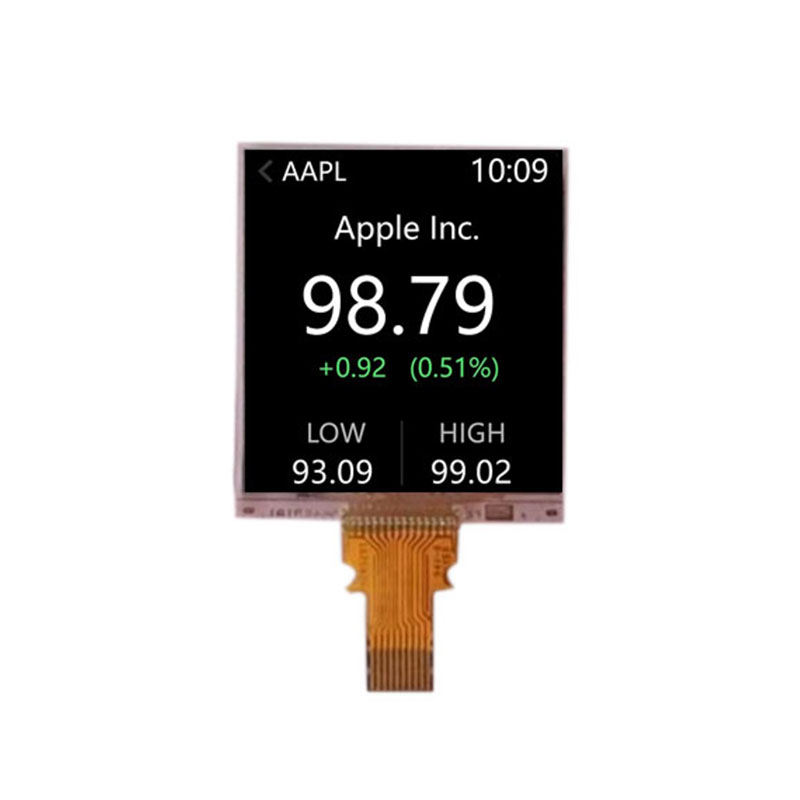
The refresh rate of a screen refers to the number of times the image on the screen is refreshed by the electron beam per second, typically measured in Hertz (Hz). Below is a detailed explanation and related information about screen refresh rates:
Basic Concept and Importance of Refresh Rate
Definition: Refresh rate is the number of times per second that the image on the screen is refreshed. It determines the speed at which the screen updates its image.
Importance: The higher the refresh rate, the more stable and clearer the displayed image will be. A higher refresh rate reduces eye strain and provides a more natural viewing experience.
Types of Refresh Rates
Vertical Refresh Rate: Commonly referred to as the refresh rate, it indicates how many times the screen is redrawn per second.
Horizontal Refresh Rate: Different from vertical refresh rate, but less frequently discussed.
Impact of Refresh Rate
Visual Effect: Monitors with higher refresh rates provide smoother and clearer images, which is crucial for professional designers, gamers, and users with high visual demands.
Graphics Card Performance: High refresh rate monitors require more powerful graphics cards. Insufficient graphics card performance can lead to stuttering and lag, even with a high refresh rate monitor.
Price: Generally, monitors with higher refresh rates are more expensive than those with lower refresh rates.
Common Refresh Rate Values
- 60Hz: The standard refresh rate for most smartphones and monitors, suitable for everyday office work and studying.
- 75Hz: The basic no-flicker standard set by VESA, suitable for scenarios requiring higher image stability.
- 120Hz: Common in high-end smartphones and gaming monitors, providing a smoother experience for gaming and dynamic images.
- 144Hz and above: Designed for professional gamers and designers, offering the ultimate visual performance and smoothness.
How to Check and Set Refresh Rate
Windows System: Right-click on an empty area of the desktop, select "Display settings," then find and click on "Advanced display settings." In the "Display adapter properties" window, you can view and modify the refresh rate.
Using Software: Software like the NVIDIA Control Panel can also be used to view and change the refresh rate.
Conclusion
The refresh rate of a screen is a crucial performance metric that affects the stability, smoothness, and clarity of the image. Users should choose the appropriate refresh rate based on their specific needs.
Eurotech is a worldwide supplier and exporter of electronic components, specializing in ICs, LCDs, Memory, Chips, computer parts, networking equipments and other passive components.
Tel: (86) 755 83952292
E-mail: global08@eurotech-ic.com
https://www.eurotech-ic.com/